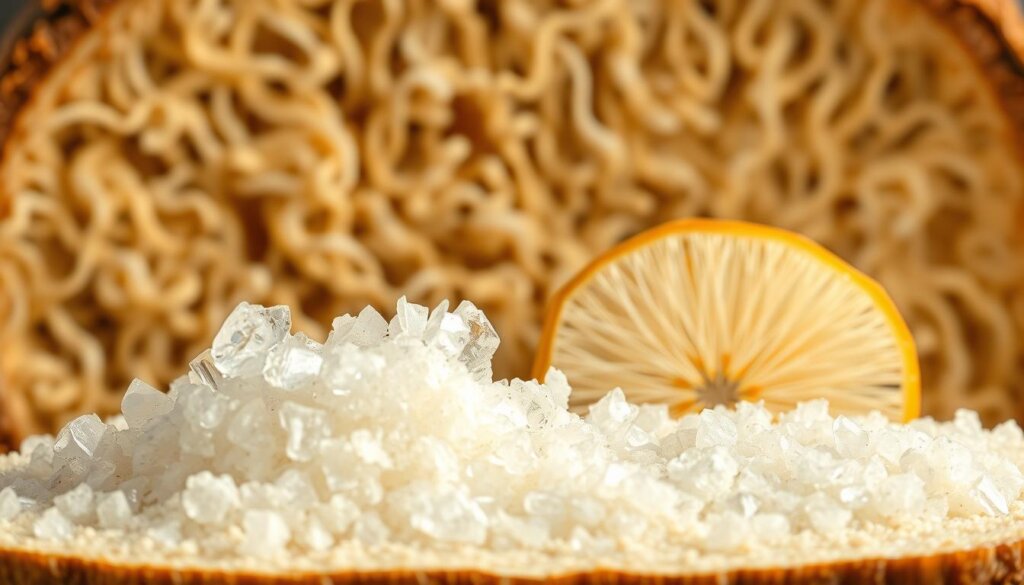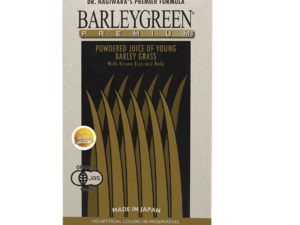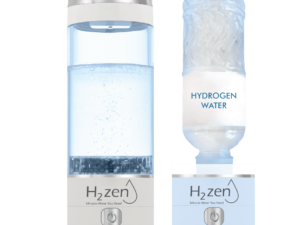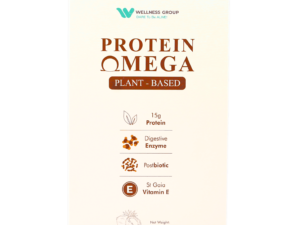Did you know 95% of Malaysians don’t consume enough plant-based fiber daily? This gap impacts digestion, energy levels, and long-term wellness. Fiber isn’t just about regularity—it’s a powerhouse for heart health, blood sugar balance, and gut harmony.
Plant foods deliver two distinct fiber categories. Soluble fiber blends with water to form a gel that slows digestion, helping manage cholesterol and glucose. Oats, beans, and citrus fruits are rich sources. Insoluble fiber adds bulk to stool, supporting smooth digestion. Whole grains, nuts, and vegetables pack this variety.
No single food provides both types equally. For example, apples offer soluble fiber in their flesh and insoluble in the skin. This synergy explains why diverse diets outperform restrictive eating patterns. Balancing both fibers ensures the body gets full-spectrum benefits.
Understanding these differences helps tailor meals to personal needs. Athletes might prioritize soluble fiber for sustained energy, while others focus on insoluble for digestive support. Either way, variety remains key to unlocking fiber’s full potential.
Key Takeaways
- Plant-based foods contain two fiber types with unique health benefits.
- Soluble fiber supports heart health and blood sugar regulation.
- Insoluble fiber aids digestion and prevents constipation.
- Combining diverse fiber sources maximizes nutritional advantages.
- Tailoring fiber intake helps address individual wellness goals.
Introduction to Dietary Fiber and Its Importance

Click to LEARN MORE
Have you ever considered how plant compounds shape your well-being? Dietary fiber acts like nature’s broom, sweeping through your system while delivering unexpected benefits. Unlike other nutrients, it remains intact through digestion, working quietly to support vital functions.
Defining Dietary Fiber and Its Role in Health
This plant-derived nutrient resists breakdown in the small intestine. Instead, it reaches the colon largely unchanged. Research shows fiber supports digestive enzyme production, helping your body process nutrients efficiently.
Modern diets often lack sufficient fiber-rich foods. Nearly 90% of people fall short of daily recommendations. This gap impacts everything from blood sugar stability to immune responses.
Overview of Fiber Categories and Sources
Plants offer two main fiber types working together. Soluble varieties dissolve in water, forming gels that slow digestion. Insoluble types add bulk, keeping things moving smoothly. Both are found in:
- Crunchy vegetables like broccoli
- Sweet fruits such as mangoes
- Protein-packed legumes
Nutrition experts recommend getting fiber from whole foods rather than pills. A colorful plate ensures you receive complementary fiber types for full-body benefits.
Understanding Soluble and Insoluble Fiber
Imagine your digestive system as a team where each player has a unique role. Soluble and insoluble fibers work like specialized crew members – one slows things down, while the other keeps traffic moving. Their partnership creates balance in gut function and overall health.

The Gel-Forming Power of Soluble Fiber
Soluble fiber acts like a sponge in water, dissolving completely to create a thick gel. This gel-like substance coats the intestines, slowing sugar absorption and trapping cholesterol particles. Studies show it can lower LDL cholesterol by up to 10% when consumed regularly.
People managing diabetes often benefit from soluble fiber’s blood sugar-modulating effects. Oatmeal’s sticky texture? That’s the gel in action – perfect for both breakfast and digestive harmony.
Insoluble Fiber’s Cleaning Crew Function
Unlike its soluble counterpart, insoluble fiber resists water and stays intact during digestion. It scrubs the intestinal walls like a natural brush, adding bulk to stool and preventing constipation. Whole grains and vegetable skins are packed with this roughage hero.
The magic happens when both fibers collaborate. For example, beans provide soluble fiber inside while their skins contribute insoluble fiber. This dual action explains why diverse plant foods outperform supplements for digestive support.
What type of fiber is most beneficial
Think of your gut as a symphony orchestra – both soluble and insoluble fibers play essential instruments. While each shines in different roles, their harmony creates optimal health outcomes.

Head-to-Head: Fiber Champions
A landmark review of 44 clinical trials revealed fascinating insights. Viscous soluble fibers like psyllium and beta-glucan outperformed others for weight management, reducing calorie intake by 12% in participants. These gel-forming varieties slow digestion, helping people feel fuller longer.
| Soluble Fiber | Insoluble Fiber | |
|---|---|---|
| Primary Function | Forms gel to regulate nutrients | Adds bulk for digestion |
| Top Sources | Oats, apples, chia seeds | Brown rice, kale, almonds |
| Key Advantage | Lowers cholesterol by 7-10% | Reduces constipation risk by 30% |
Fermentable soluble fibers offer bonus benefits. They feed gut bacteria that produce butyrate – a compound shown to strengthen intestinal lining and regulate immunity. Nutritionist Dr. Aminah Yusof notes:
“The magic happens when both fiber types work together. Rotate between lentils, berries, and whole grains for full-spectrum benefits.”
While viscous fibers steal headlines for metabolic advantages, dismissing insoluble varieties risks digestive setbacks. The solution? Embrace variety. A colorful mix of plant foods naturally provides both types in ideal ratios.

Click to LEARN MORE
For Malaysians crafting meal plans, this means pairing barley porridge (soluble) with stir-fried kangkung (insoluble). This balanced approach supports everything from blood sugar stability to regular bowel movements without complicated calculations.
Comparing Health Benefits and Gut Impacts
Ever wonder how plant roughage becomes your body’s multitasking ally? Research reveals dietary fiber acts like a Swiss Army knife for wellness – tackling everything from blood sugar balance to disease prevention while keeping your gut humming.
Effects on Digestion, Blood Sugar, and Cholesterol
Soluble fiber works like a sponge in your bloodstream. It traps cholesterol particles and slows sugar absorption, reducing diabetes risk. Studies show consuming 10g daily lowers LDL cholesterol by 7% within six weeks.
Insoluble fiber scrubs intestines clean. It adds bulk to stool, preventing constipation and hemorrhoids. Together, both types create optimal conditions for nutrient absorption.
| Health Aspect | Soluble Fiber Impact | Insoluble Fiber Impact |
|---|---|---|
| Blood Sugar | Slows glucose absorption | Improves insulin response |
| Cholesterol | Binds bile acids | No direct effect |
| Bowel Health | Softens stool | Prevents blockages |
Role in Weight Management and Disease Prevention
Fiber-rich meals keep hunger hormones in check. They promote satiety signals, helping people eat 10% fewer calories naturally. This makes timing fiber intake crucial for weight loss strategies.
Gut bacteria feast on fermentable fibers, producing compounds that:
- Strengthen intestinal walls
- Reduce inflammation markers
- Support immune function
Regular consumption slashes colorectal cancer risk by 17% and type 2 diabetes risk by 22%. For Malaysians, blending barley drinks with ulam salads offers dual protection against modern health threats.
Dietary Sources, Recommendations, and Wellness Group Insights
Looking to boost your fiber intake without hassle? Start with whole foods like legumes, vegetables, and fruits. A cup of black beans packs 15g fiber – nearly half the daily goal for many adults. Pair them with oats or barley for soluble fiber benefits detailed in this gut health guide.
Smart Strategies for Fiber-Rich Eating
Adult males need 28-34g daily, females 22-28g. Hit targets with simple swaps:
- Swap white rice for brown rice (+3g fiber)
- Snack on almonds instead of chips (+4g per ounce)
- Add spinach to morning smoothies
Melons and peaches offer soluble fiber, while berries and citrus provide roughage. Rotate between these colorful options to keep meals exciting.
Expert Support for Nutritional Goals
Wellness Group helps Malaysians personalize their fiber intake. Reach nutritionists via WhatsApp at +60123822655. Business hours: Monday-Friday 9:30am-6:30pm, weekends 10am-5pm.
Remember – variety matters more than perfection. Blend grains, nuts, and seasonal produce to create meals that nourish both body and taste buds.
FAQ
How do soluble and insoluble fibers differ in their health benefits?
Soluble fiber dissolves in water, forming a gel-like substance that helps lower cholesterol and stabilize blood sugar. Insoluble fiber adds bulk to stool, promoting regular bowel movements and preventing constipation. Both types support digestive health but target different bodily functions.
Which foods are rich in soluble fiber?
Oats, barley, beans, apples, citrus fruits, and carrots are excellent sources. These foods help manage cholesterol levels and slow sugar absorption, making them ideal for heart health and blood sugar control.
Can increasing fiber intake aid in weight loss?
Yes. High-fiber foods like whole grains, legumes, and vegetables increase satiety, reducing overeating. Soluble fiber also slows digestion, helping people feel fuller longer, while insoluble fiber supports a healthy gut environment linked to weight management.
How does fiber impact gut health and disease prevention?
Soluble fiber feeds beneficial gut bacteria, strengthening the immune system and reducing inflammation. Insoluble fiber prevents digestive issues like diverticulitis. Together, they lower risks of chronic diseases, including type 2 diabetes and colorectal cancer.
What’s the recommended daily fiber intake for adults?
Women should aim for 25 grams daily, while men need around 38 grams. Gradually increasing intake and drinking plenty of water helps avoid bloating. Incorporate diverse sources like lentils, quinoa, almonds, and leafy greens for balanced benefits.
How can someone contact the Wellness Group for dietary advice?
The Wellness Group is available Monday-Friday from 9:30 am to 6:30 pm and weekends from 10 am to 5 pm. Visit their website or call their hotline for personalized tips on adding oats, chia seeds, or whole wheat to meals.






